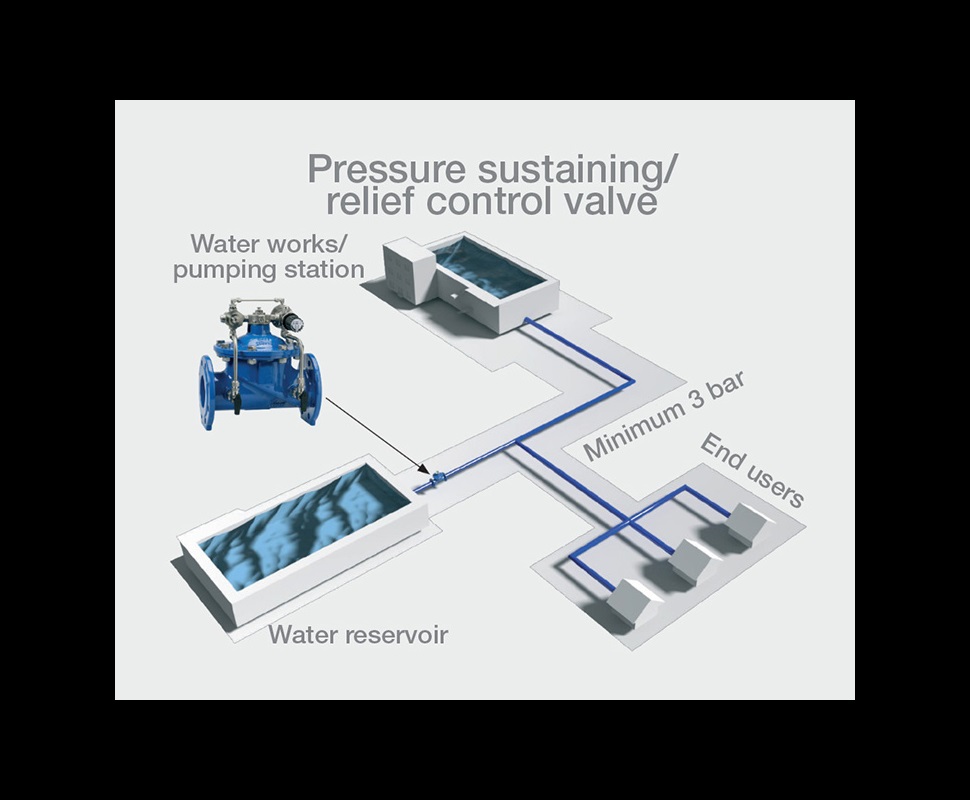Effective Control Valves: Secret Components for Efficient System Management
Effective Control Valves: Secret Components for Efficient System Management
Blog Article

Maximize Energy Savings and Convenience With Advanced Structure Automation Controls
In the realm of modern-day architecture and center administration, the combination of innovative structure automation regulates stands as a crucial innovation. By utilizing the power of automation, structures can adjust, react, and develop in methods that were as soon as unimaginable.
Energy Effectiveness Benefits
Energy efficiency benefits can dramatically reduce energy consumption and operational expenses in structures. By applying energy-efficient techniques and technologies, building owners and drivers can attain substantial savings while likewise adding to ecological sustainability. Among the primary benefits of improving power effectiveness in structures is the decrease of energy costs. Energy-efficient systems, such as innovative building automation controls, can maximize the usage of resources like air conditioning, lighting, and home heating, leading to reduced power expenses gradually.
Additionally, enhanced power effectiveness can extend the lifespan of building tools and systems. By running much more effectively, a/c systems, light, and other structure elements experience less damage, leading to decreased maintenance and substitute costs. In addition, energy-efficient buildings often regulate higher home worths and rental rates, giving long-term economic benefits to proprietors.
Furthermore, power efficiency can improve occupant comfort and performance. Correctly managed indoor settings with optimal illumination and thermal problems create an even more pleasant and favorable workspace, causing improved worker contentment and performance. Overall, the energy performance advantages connected with advanced building automation controls are diverse, incorporating cost savings, environmental stewardship, and passenger health.
Enhanced Comfort Control
Enhancing comfort control in structure settings requires a sophisticated combination of sophisticated automation systems for optimal resident wellness. By using innovative structure automation controls, centers can customize the interior setting to fulfill the specific needs and preferences of passengers. These systems make it possible for accurate law of ventilation, temperature, and lighting, producing a productive and comfortable environment. Resident complete satisfaction and productivity are carefully connected to thermal comfort, making it necessary to have systems in position that can adapt to transforming conditions in real-time.
By integrating these innovative controls, structures can not just boost comfort yet also enhance energy performance by optimizing system procedures based on actual occupancy and use patterns. Ultimately, focusing on passenger comfort via sophisticated automation systems leads to a more enjoyable and much healthier indoor setting.
Operational Performance Improvements

Moreover, the execution of real-time tracking and analytics devices enables building operators to determine power inefficiencies and functional anomalies quickly. By constantly monitoring power usage patterns and system performance metrics, changes can be made in real-time to enhance energy usage and make sure peak operational performance. control valves. In addition, integrating need action methods right into building automation controls can further improve functional performance by dynamically readjusting energy usage based on grid conditions and prices signals
Indoor Environment Optimization
Effective indoor climate optimization is an essential element of structure automation controls, making certain occupants' convenience and health while maximizing energy cost savings. By making use of advanced sensors and controls, constructing automation systems can continually change and monitor temperature, humidity degrees, air quality, and ventilation to produce an optimum indoor setting. Preserving regular and comfy conditions not just boosts resident fulfillment but likewise enhances efficiency and general wellness.
Interior climate optimization likewise plays a crucial role in energy effectiveness. By fine-tuning air conditioning, heating, and air flow systems based on real-time data and occupancy patterns, constructing automation controls can dramatically reduce power intake - control valves. For example, applying approaches such as demand-controlled ventilation and thermal zoning can help reduce energy waste while look what i found guaranteeing that each area of the building gets the necessary conditioning.

Lasting Atmosphere Development
Building automation regulates not only maximize interior environment conditions for energy performance and passenger convenience but likewise lay the foundation for creating a lasting setting with calculated monitoring of systems and sources. By incorporating innovative building automation modern technologies, such as sensing units, actuators, and smart software program, centers can change and monitor energy usage in real-time to reduce waste and minimize their carbon impact. These systems enable anticipating upkeep, recognizing potential issues prior to they rise and enhancing equipment efficiency to boost durability and performance.
In addition, lasting environment creation prolongs beyond power administration to incorporate water conservation, waste reduction, and indoor air top quality enhancement. Structure automation controls can manage water use, spot leakages, and guarantee correct waste disposal practices, adding to total sustainability efforts. Furthermore, by keeping track of and managing ventilation and filtration systems, these innovations improve resident health and wellness and productivity while decreasing power usage related this link to a/c procedures.
Final Thought
In final thought, advanced structure automation controls deal considerable benefits in regards to energy savings, convenience control, operational performance, interior climate optimization, and producing a lasting environment. By applying these controls, structures can attain optimal efficiency while reducing energy intake and improving owner comfort. It is apparent that using sophisticated automation technology is vital in boosting building performance and creating a much more lasting future.
Power efficiency advantages can considerably reduce power consumption and functional prices in buildings. On the whole, the energy performance advantages associated with advanced structure automation controls are complex, including expense financial savings, environmental official source stewardship, and passenger health.
Additionally, incorporating need action approaches into structure automation controls can better improve operational efficiency by dynamically adjusting energy usage based on grid conditions and pricing signals.
Structure automation manages not just optimize indoor environment conditions for power efficiency and occupant convenience but additionally lay the foundation for developing a lasting environment through strategic administration of systems and sources.In conclusion, advanced structure automation controls offer considerable advantages in terms of energy savings, convenience control, functional performance, indoor climate optimization, and producing a sustainable atmosphere.
Report this page